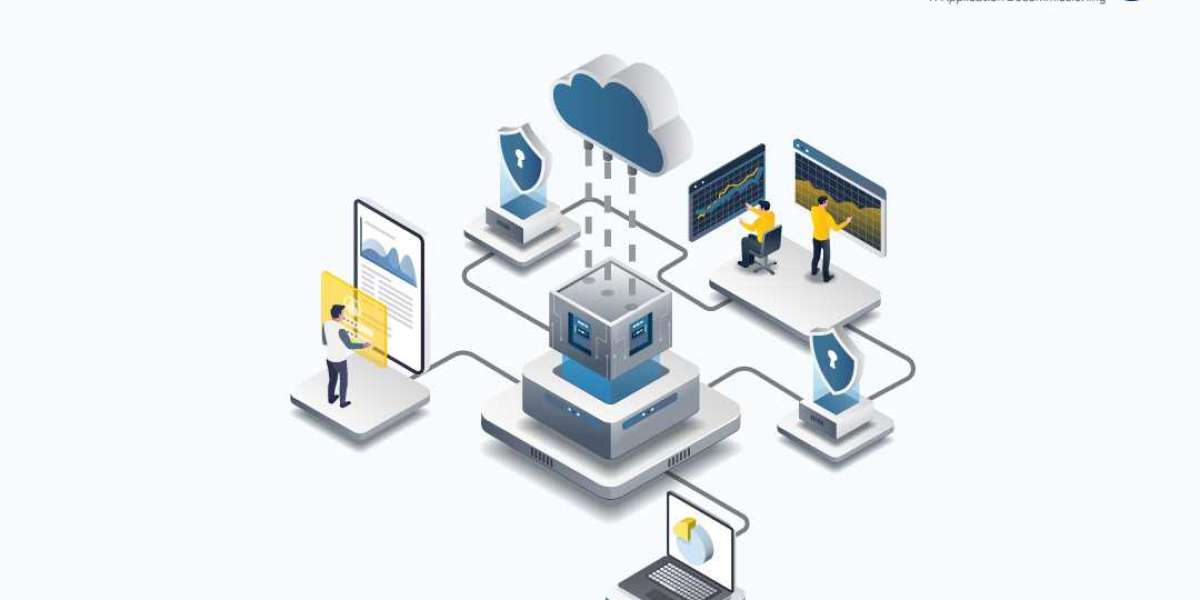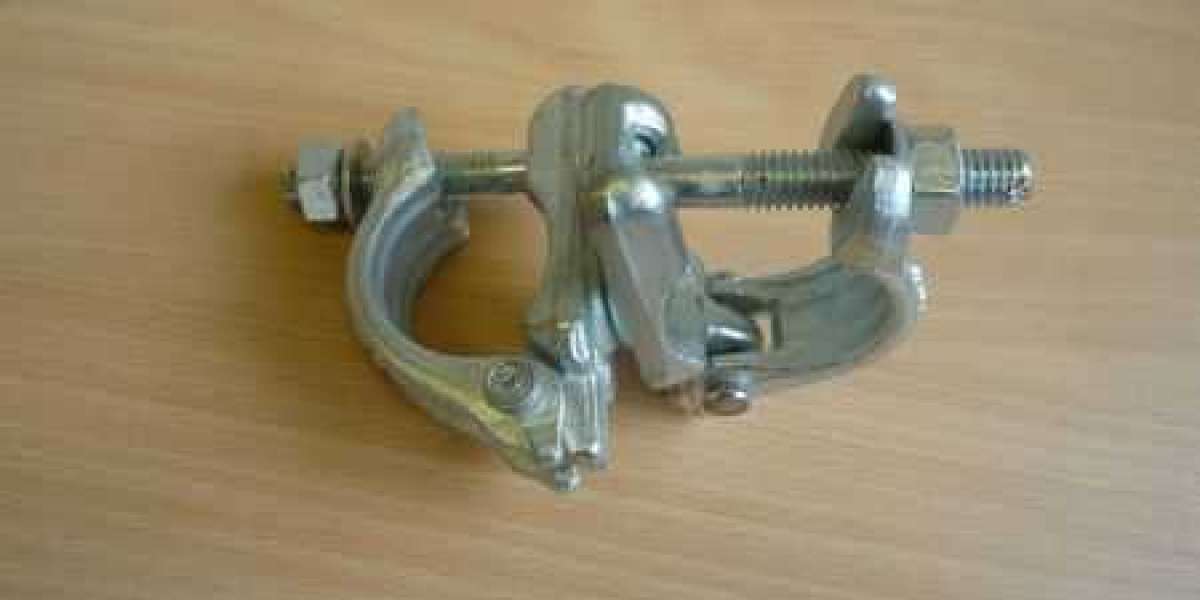AvenDATA has been separating data from various systems within the scope of carve-outs for 15 years – mainly from SAP, Oracle, and Navision systems, but also from many others. The following is a summary of why experience is needed and what appropriate planning and preparation is like.
Why do you need experience for a carve-out?
A data carve-out is the process of removing data from an existing enterprise context to transfer it either to a stand-alone company or to a separate business unit. This process typically requires experience for several reasons:
Complexity of the data
Data carve-outs can be very complex, as they can involve different types of data, such as customer information, financial data, contracts, employee data and more. Experience helps to understand, classify, and handle the different types of data appropriately.
Legal and regulatory requirements
Carve-outs must consider various legal and regulatory requirements, depending on the industry and region. Experienced professionals can help identify and comply with these requirements to avoid legal issues or penalties.
Technical aspects
The technical implementation of a data carve-out requires experience in data migration, data integration, database management and IT infrastructure. It is important to apply the right tools and methods to ensure that data can be transferred correctly and used effectively in the new environment.
Project management and risk management
A data carve-out is often a complex project with many parties and stakeholders involved. Experienced project managers can efficiently manage the process, identify potential risks, and take appropriate action to ensure smooth execution.
Overall, a data carve-out requires extensive knowledge and experience to ensure the process runs smoothly, data is transferred correctly, and legal and technical requirements are met.
What is the process for a data carve-out?
A data carve-out can vary depending on the specific needs and circumstances of the organization, but it generally follows a similar process. Here is a rough outline of the typical process:
Planning and preparation
- Define the goals and scope of the data carve-out:
- What data should be carved out and for what purpose?
- Identifying the stakeholders involved and engaging relevant departments.
- Determining the timeline and resources for the carve-out.
Data inventory and classification
- Identification of all relevant data sources and systems in the company
- Classification of data according to its type, sensitivity and relevance for the carve-out
- Assessment of data quality and integrity
Legal and regulatory review
- Review of legal and regulatory requirements for the carve-out, e.g., data protection laws or contractual obligations.
- Ensuring compliance with any required approvals or consents
Definition of the data migration
- Defining the migration strategy, i.e., how the data will be extracted from the existing context, transformed, and transferred to the new environment.
- Selecting appropriate tools and methods for data migration
- Creation of a detailed migration plan and a back-up plan in case of problems or failures
Implementation of the data migration
- Extraction of identified data from the source systems
- Data cleansing, transformation, and adaptation to the requirements of the target environment
- Transfer of data to the new environment, considering security and data protection regulations
Verification and validation of the data
- Performing tests to ensure that the migrated data is complete, accurate, and consistent.
- Verifying data integrity and quality in the target environment
Completion and handover
- Documentation of the carve-out process and all steps performed.
- Handover of the migrated data to the standalone company or separate business unit
- Monitoring and supporting post-carve-out operations to ensure that the data can be used effectively
It is important to note that a data carve-out is a complex process and requires close collaboration between various departments and stakeholders, including IT, legal, privacy, finance, and executive management.








